I recently acquired a Yashica Mat 124g and I put a test roll of Ilford’s HP5+ through it and everything looked good. It was time to go shoot some proper images.
I have always been wary of loading roll film. There is always the fear of dropping it and the whole thing unravelling and losing a film with only 12 shots. 12 shots also mean having to change the film more often.
What if there was a way to change film less often? Well, there is – instead of 120, the answer is 220 roll film. 220 film gives 24 exposures to a roll at 6×6; this will vary with different size formats. This also means half as many changes of film. 220 roll film was released in 1965 and was mainly intended for professional photographers. To get double the amount of exposures meant that the backing paper had to be removed and only a leader and tail were attached to the film.
This meant that the film could not be used in cameras that had a red window and needed to see the frame numbers. It could also only be used in cameras that had an adjustable pressure plate to allow for the thinner film without the backing paper.
Apparently, because of the lack of backing paper, the film was much easier to scratch and a lot of photographers didn’t like using it. By 2018 all production of 220 film had ceased, although a Chinese company called Lucky Film was producing hand-rolled 220 for a time, this now has also ceased.
Back to the present and I found out that Shanghai film had recently started producing B&W 100 iso 220 film. Now Shanghai film did have a bit of a reputation for film, what we might call a bit dodgy. Sometimes the emulsion wasn’t very good and the film did have a lot of problems with curling and cupping, which made it quite difficult to scan.
Recent rumours about the Shanghai GP3 were saying that it was a re-brand in some way using ORWO’s UN54 emulsion. Buying three rolls to try cost around £29 and was really only a saving of about 60p compared to buying six rolls of 120 but it was about the convenience of changing film less. WRONG!
Having set the Yashica’s pressure plate to the 220 setting and loaded the film, I set off to Greenwich in South London. CLICK! The first image was taken. I then go to wind on and nope, the film is jammed. I tried to force the film on but as you may know, the 124g has a fair bit of plastic in the construction and I didn’t want to break anything.
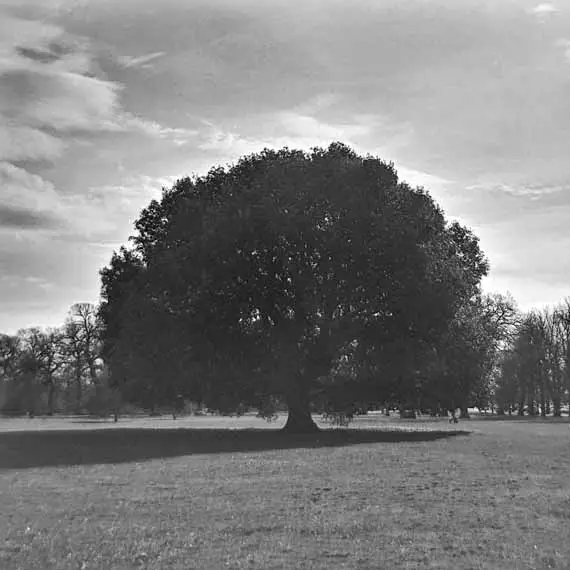
Back at home, the camera goes into a changing bag to try and figure out what has gone wrong. Once I open the back, I feel the pressure release on the film and winding arm and can wind on, I have no idea what has caused it to jam. I took a couple of shots in the garden and everything seems to advance O.K. For now.
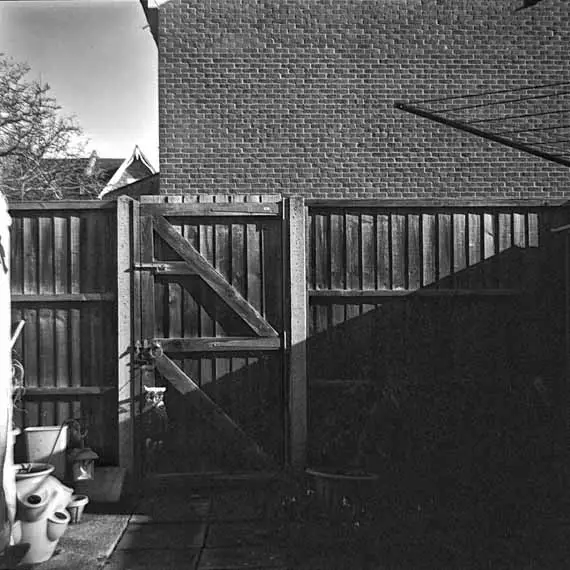
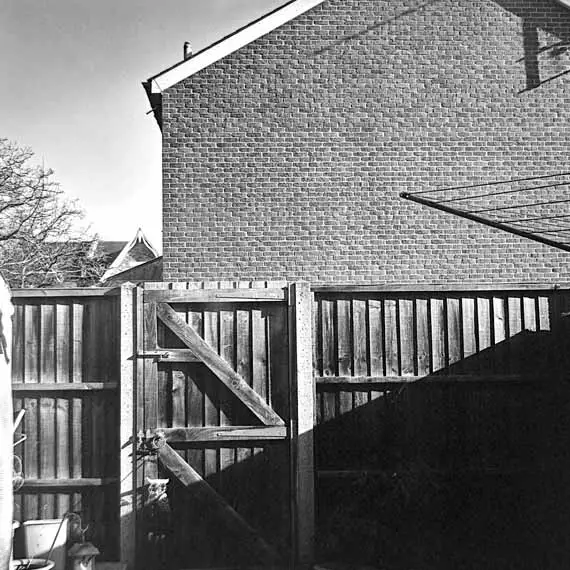
The next day, another trip to Greenwich and the camera and film perform great until the final frame and again the film jams!
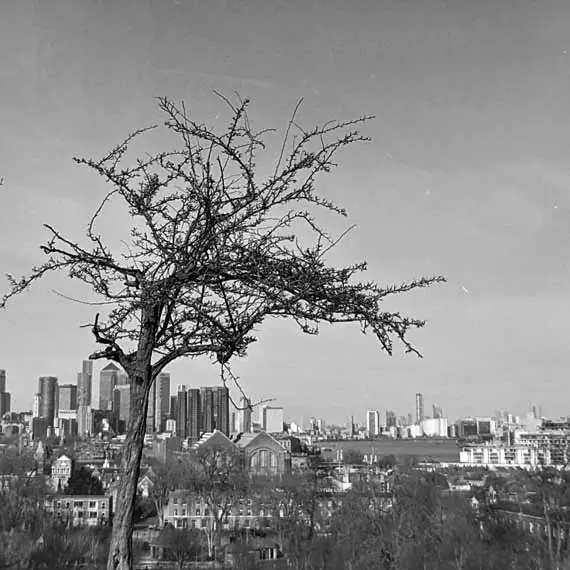
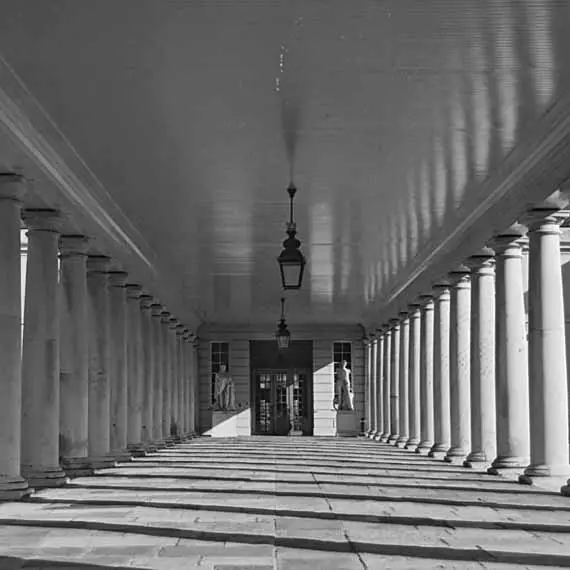
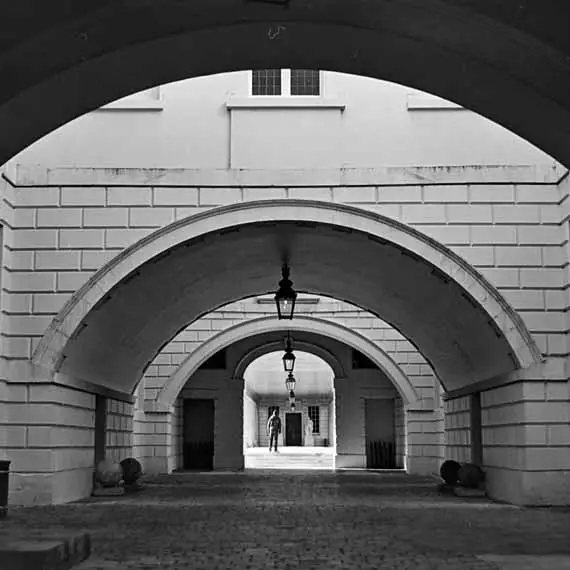
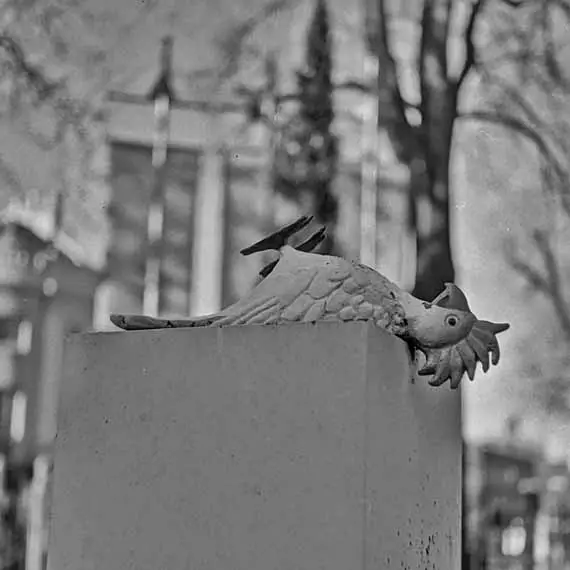
Again back home and into the changing bag but this time I realise what has caused this jam. Where the film joins the tail paper there was about a 10cm lip and this had caught on the pressure plate. Was this the cause of the first jam? I don’t know.

On to the development, I always pre-wash my film and the colour from the pre-wash can help to identify the brand of film, for instance, Foma is usually a neon green when emptied from the tank. The pre-wash colour of this film was neon blue. Now never having shot ORWO UN54 I don’t know if this is the usual colour of ORWO film but I’m sure someone will have an answer…?
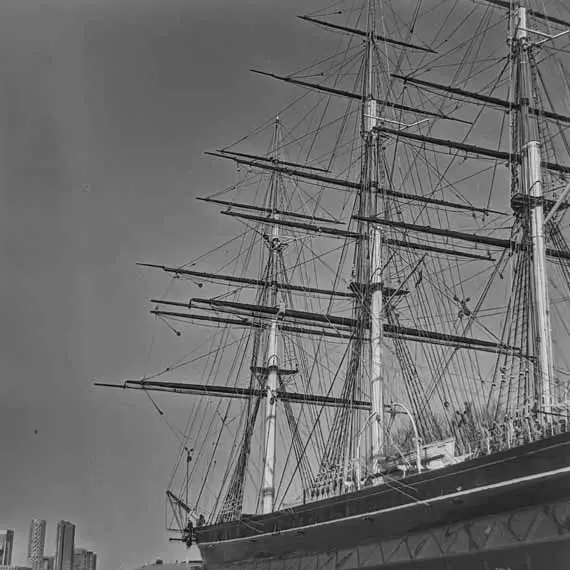
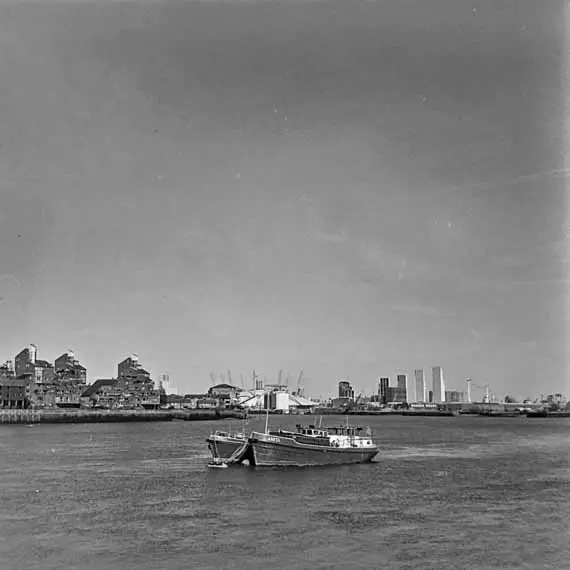
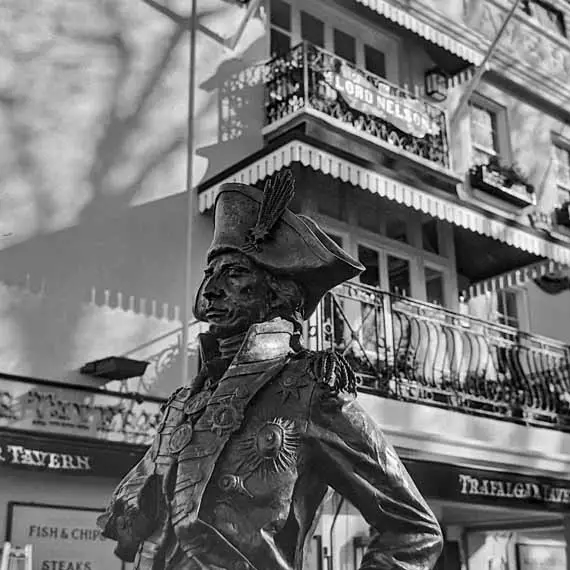
Development was done in homemade D23, developed for 12 minutes in a 1:1 stock. The film has no edge marking. The emulsion looks very clear and nice, even tones across the whole negative and no problems with curling or cupping. So definitely not the old emulsion that Shanghai had previously used.
Scanning was done with my Google Pixel 4 phone, the pixl-latr and a LED lightpad.
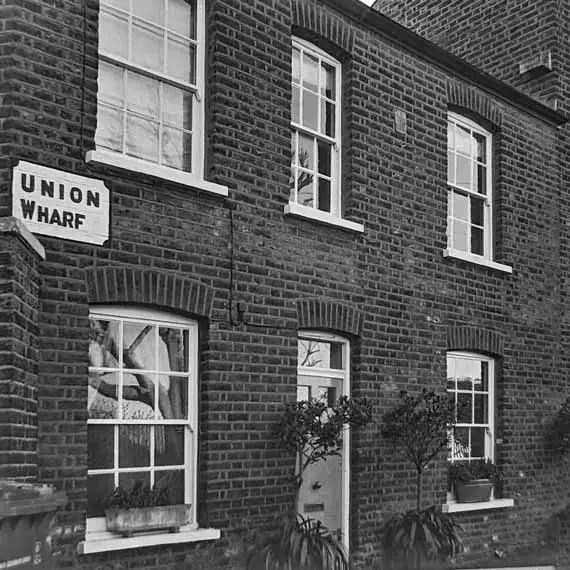
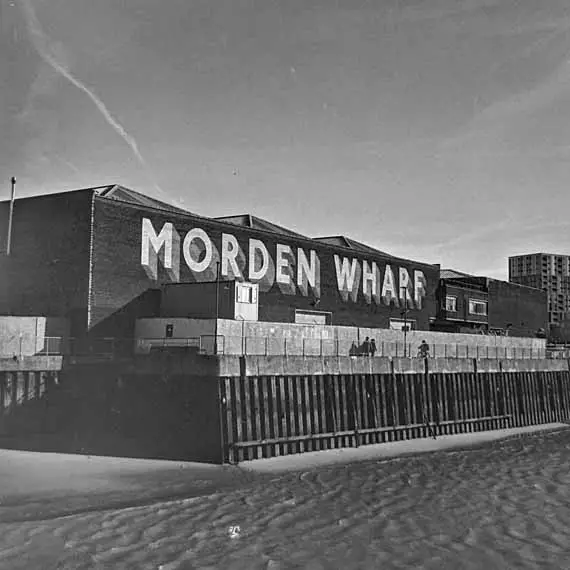

I have to say that I really like the look of this film and would continue to use it but the jamming is a major issue for me. It wasn’t only this roll, the other two also jammed at the final frame and again caused by the joint between the tail paper and film.
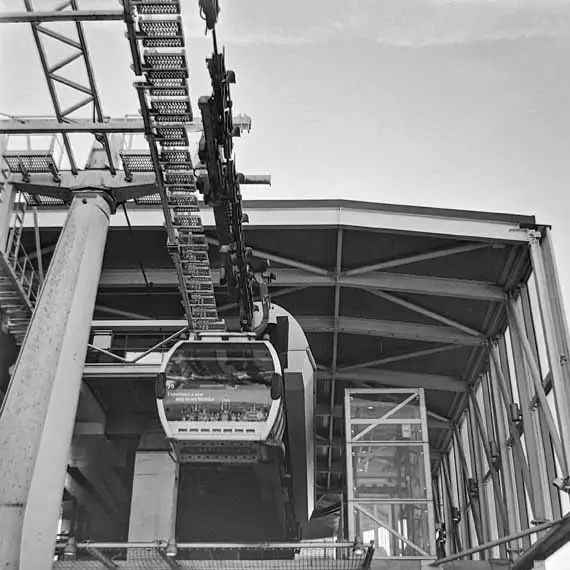
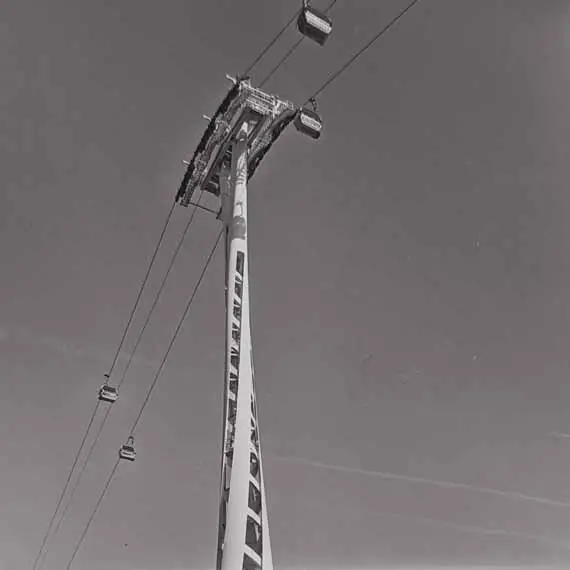
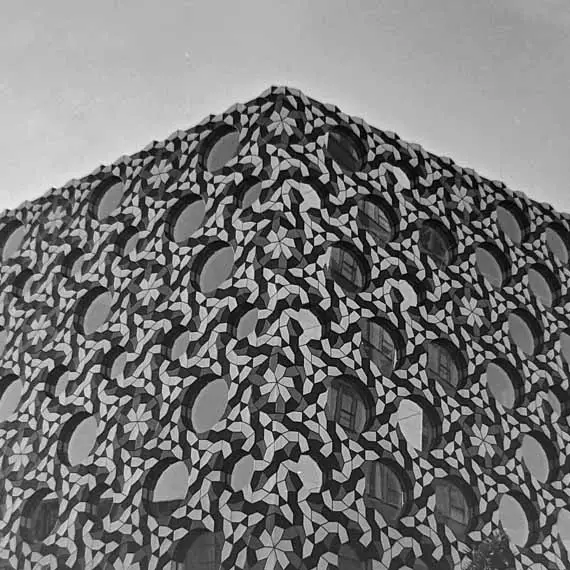
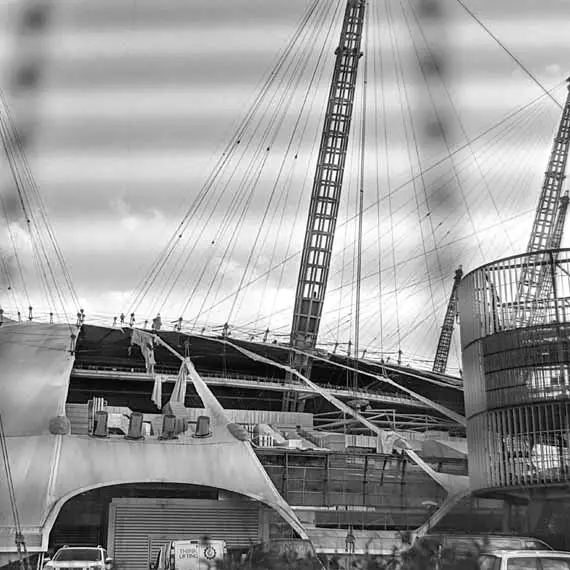
The problem may only be on my camera but three times on three different rolls seems like a big coincidence.
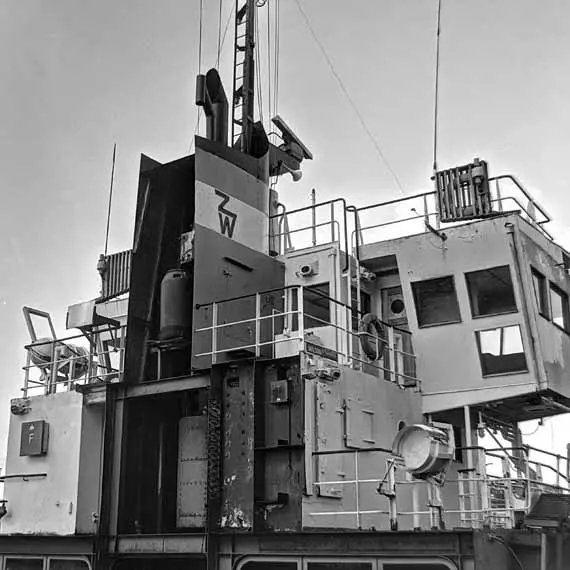
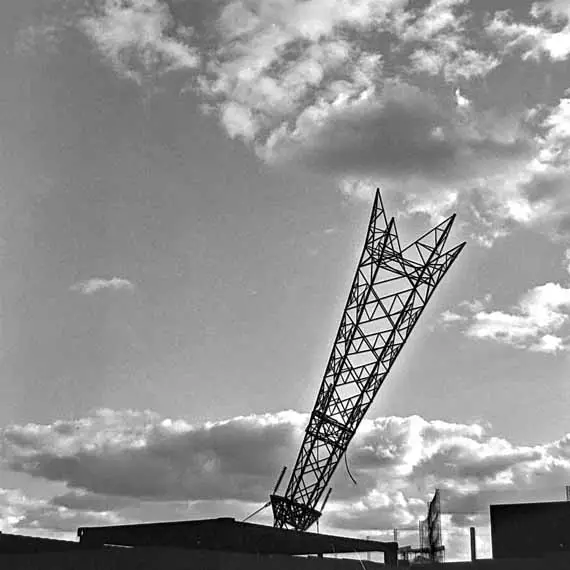

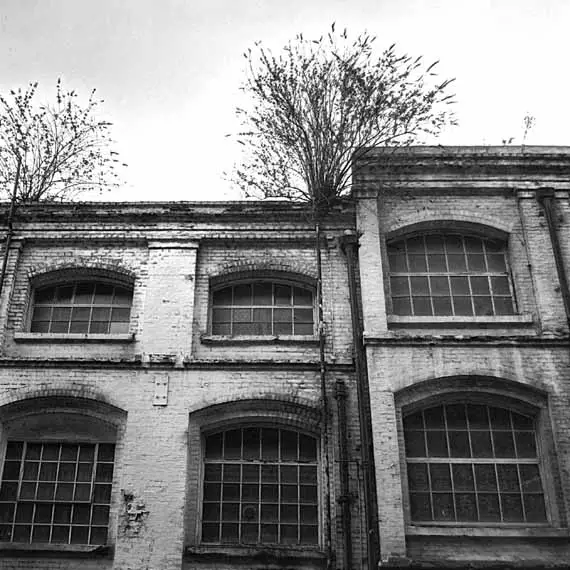
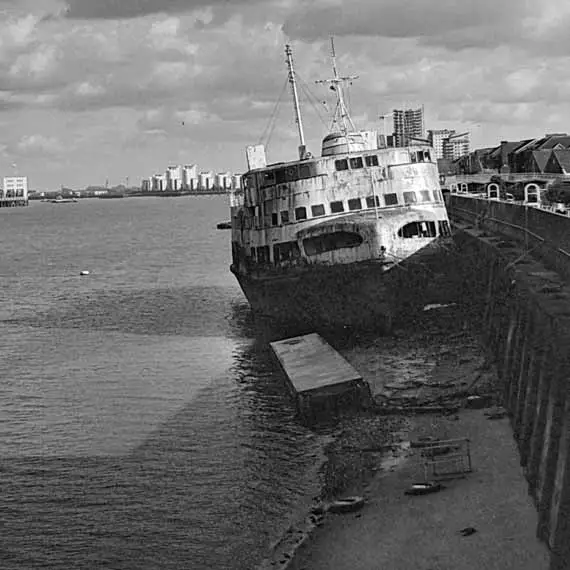
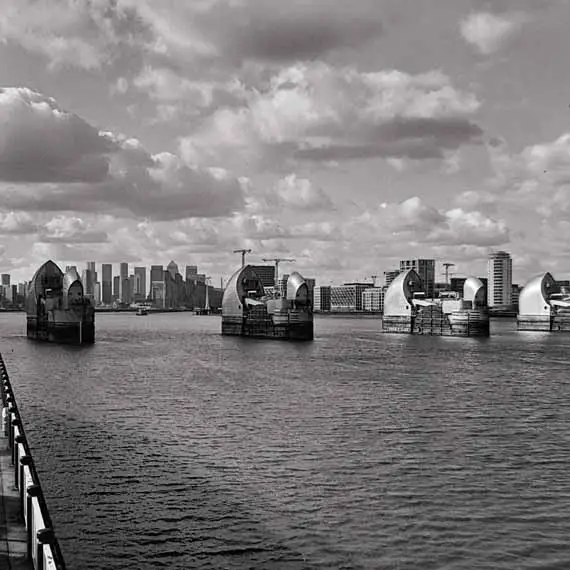

Like I said there isn’t a great saving buying three 220 or six 120 rolls, only the convenience of not having to change rolls so often. The jamming makes it inconvenient and because of that, I have gone back to 120 and hopefully, Shanghai’s 120 is the same emulsion.
Share this post:
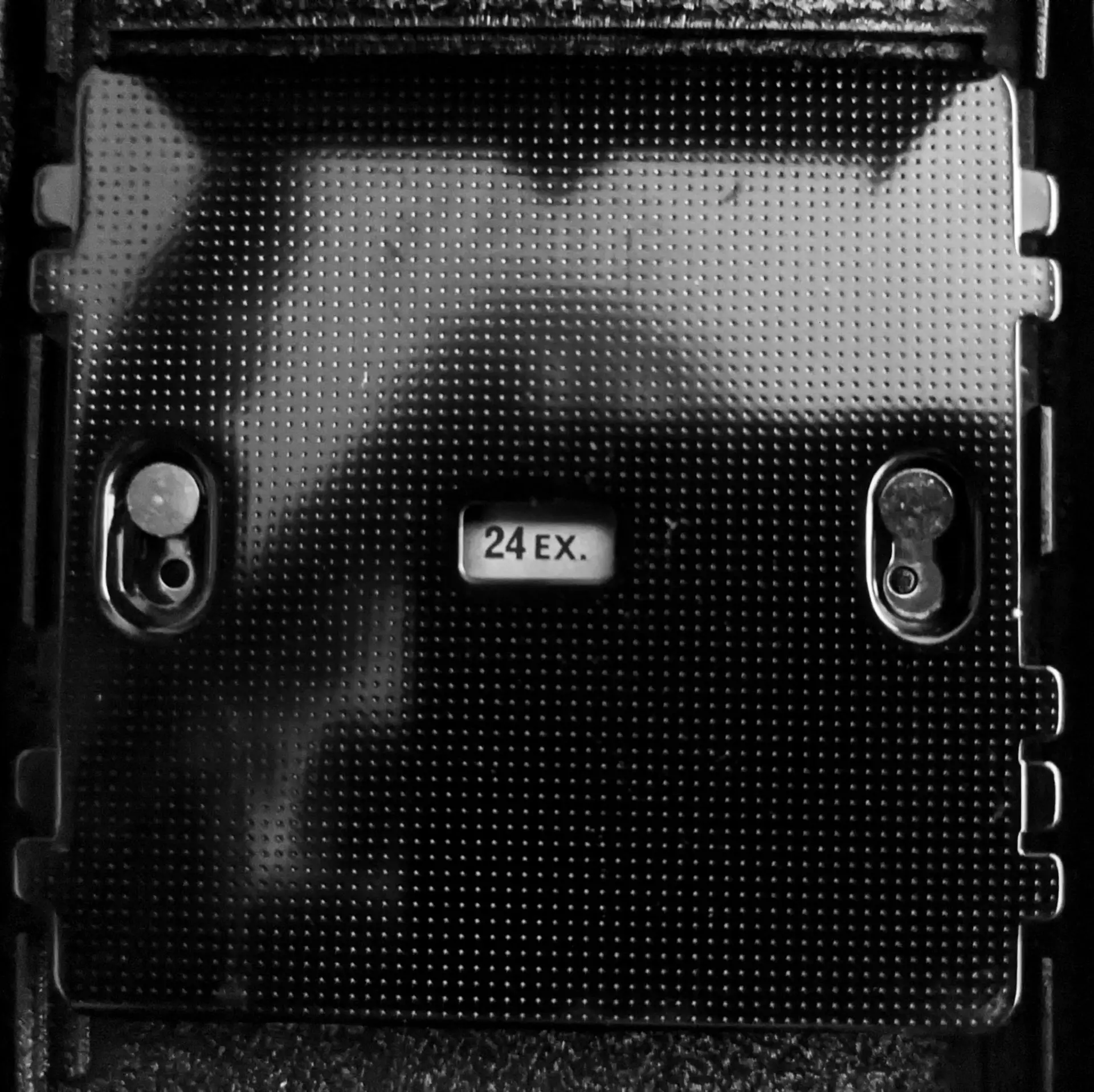








Comments
Bob Janes on The Whole Roll – Shanghai GP3 220 film in a Yashica Mat124G – By George Griffin
Comment posted: 08/04/2022
Comment posted: 08/04/2022
Daniel Castelli on The Whole Roll – Shanghai GP3 220 film in a Yashica Mat124G – By George Griffin
Comment posted: 08/04/2022
When 220 film arrived, some of the photographers bought the Hasselblad 220 backs to use with the 220 film. They cursed the film from almost the very beginning. It jammed in the 220 backs on a regular basis. This was Kodak film, not some aftermarket product. Hasselblad took back the backs on a 1:2 basis: One 220 back for two 120 backs. It (220 film) was just that unreliable. It sold better on the advanced amateur market.
I love the shot of "A Bullet From a Shooting Star, by artist Alex Chinneck," it's just so unexpected and humorous. All over good images. Thanks for sharing.
Comment posted: 08/04/2022
Terry B on The Whole Roll – Shanghai GP3 220 film in a Yashica Mat124G – By George Griffin
Comment posted: 08/04/2022
The film issue you have had is interesting, especially as it has happened with three rolls of film, and in virtually the same circumstances. It may well be, and you seem to have identified the "culprit" as the common denominator, the film. But the one true common denominator, and I'm playing devil's advocate here, is the camera. It would be interesting if you could locate an outdated 220 film from, say, Ilford, and see how you get on.
I used a fair amount of 220 film during the late 1970's, when I got my first Mamiya C330, up to the early 1990's, by which time I had a C330S. 220 film was very useful when I knew beforehand I'd be exposing the whole roll, but kept a 120 in reserve, just in case. For those using 220 film extensively and doing yheir own d&p, 220 had a distinct advantage in reducing the number by half of the number of films that could be developed. Yes, using a multiple Paterson tank, for example, would do the same, but loading and unloading the developed 120 film was still more of a bind than developing a single 220.
Comment posted: 08/04/2022
Peter Roberts on The Whole Roll – Shanghai GP3 220 film in a Yashica Mat124G – By George Griffin
Comment posted: 08/04/2022
It's always interesting to see what other people make of a familiar area.
Your account of tribulations with 220 film were also interesting. I have trouble enough handling 120 film so goodness knows what a pickle I'd get into with 220. It's reason why my Rolleicord Vb has a Rolleikin 35mm adaptor. It's overdue for an outing so I'm sure it'll end up doing the rounds of Greenwich in the near future.
Comment posted: 08/04/2022
Kevin Allan on The Whole Roll – Shanghai GP3 220 film in a Yashica Mat124G – By George Griffin
Comment posted: 08/04/2022
Comment posted: 08/04/2022
Huss on The Whole Roll – Shanghai GP3 220 film in a Yashica Mat124G – By George Griffin
Comment posted: 08/04/2022
I have had no issues in film transport using Shanghai 220 in my Fuji GW690III. 220 is a big deal in a camera like this as you now get 16 shots instead of just 8.
The emulsion in this version is excellent, much nicer than the original one which frankly was a mess. The only thing I noticed is that it develops very poorly using Cinestill DF96 Monobath. It leaves weird patches and makes the emulsion extremely soft. But no issues in regular developers.
https://www.flickr.com/gp/39133227@N08/4B8920
https://www.flickr.com/gp/39133227@N08/NN32dY
Comment posted: 08/04/2022
Arthur Gottschalk on The Whole Roll – Shanghai GP3 220 film in a Yashica Mat124G – By George Griffin
Comment posted: 08/04/2022
Comment posted: 08/04/2022
Huss on The Whole Roll – Shanghai GP3 220 film in a Yashica Mat124G – By George Griffin
Comment posted: 08/04/2022
Comment posted: 08/04/2022
PawSaw on The Whole Roll – Shanghai GP3 220 film in a Yashica Mat124G – By George Griffin
Comment posted: 11/04/2022
Jim Hofman on The Whole Roll – Shanghai GP3 220 film in a Yashica Mat124G – By George Griffin
Comment posted: 05/02/2023
John Salmon on The Whole Roll – Shanghai GP3 220 film in a Yashica Mat124G – By George Griffin
Comment posted: 25/03/2023
Comment posted: 25/03/2023
John Salmon on The Whole Roll – Shanghai GP3 220 film in a Yashica Mat124G – By George Griffin
Comment posted: 25/03/2023
Anthony Lloyd on The Whole Roll – Shanghai GP3 220 film in a Yashica Mat124G – By George Griffin
Comment posted: 23/05/2023
The shot of the Royal Iris brought back a few memories for me. As a kid in Liverpool in the 1960s it was common for me and my mum to use this ferry on occasion to get from the Pier-head to the 'other side' Birkenhead, New Brighton, and other stops on the Wirral.
I remember at New Brighton, back then still a small day or weekend holiday destination!, there was often a professional photographer looking for business on or near the boats. He would usually have a twin lens reflex of some description around his neck. Once he'd made a sale, taken the shot, he would issue you with a ticket and you would collect from his shop a few hours later.
He might well have benefitted from 220.
https://thedarkroom.com/film-formats/220-film/#:~:text=220 film, introduced in 1965,number of exposures per roll.